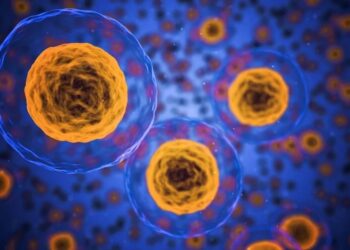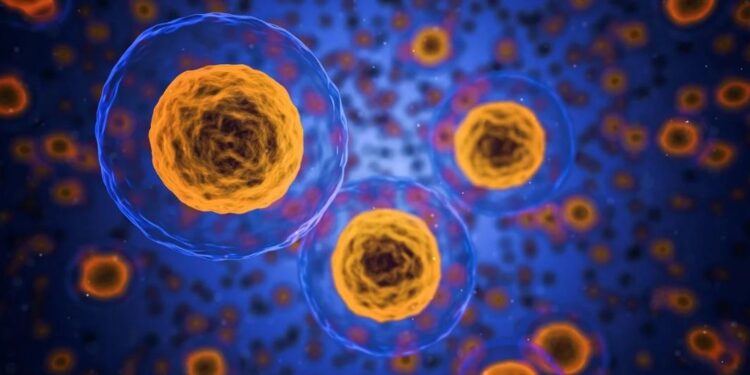Excess body fat is a widespread issue that is linked to serious health risks such as heart disease and diabetes. Fat cells, which store energy and regulate metabolism, are central to this problem.
Basically, what this means is that fat cells are like storage units in our bodies. When we eat more food than we need right away, these cells store the extra energy as fat.
Furthermore, fat cells also control how fast our bodies burn calories to make energy. When there’s too much body fat, it usually means these cells are storing more energy than we’re using, which can cause health issues. However, envisioning a future where these fat cells could be transformed into calorie-burning agents is an exciting prospect for improving weight management and overall health.

Different Types of Fat Cells
There are two types of fat cells: white fat cells and brown fat cells. When people talk about fat in general (body fat), they are referring to the white fat cells. The white fat cells store extra calories from the food we eat, which can add up over time and lead to what we know as “weight gain”.
Brown fat cells, on the other hand, are unique because they don’t store fat like white fat cells do. Instead, they burn off extra calories to produce heat, which helps keep the body warm. This process can also help in reducing excess white fat cells.
In between these two fat cells, I’d use the beige fat cells. These cells are a combination of the white and brown fat cells. It has the ability to burn calories like brown fat but starts off as white fat. However, more research is still being done on its help under the mechanisms of the beige fat cells.
Converting White Fat to Beige Fat
Converting white fat cells into beige fat cells is a process where certain stimuli or treatments can change how white fat behaves. Beige fat cells can burn calories to produce heat, which helps us burn more calories and manage weight better.
Scientists are studying how to make this change by focusing on certain proteins called UCP1 (uncoupling protein 1) inside the cells. UCP1 is like a switch inside fat cells that can change how they work.
When this protein is turned on, it helps fat cells burn off stored fat and calories to produce heat, a process called thermogenesis. The aim of this is to find new ways to help people fight obesity and stay healthy.
Current Stage and Future Implications
The current research is primarily based on studies in mice. While there is promising research showing how brown and beige fat cells can help regulate metabolism and potentially combat obesity, these findings are still in early stages. They need further testing and validation, especially in humans, to determine their effectiveness and safety.
There is a potential for developing medications that target brown and beige fat cells to enhance thermogenesis and promote weight loss. This is an exciting prospect because traditional weight-loss approaches often focus on reducing calorie intake or increasing physical activity, whereas targeting fat cells directly could offer a new avenue for treatment.
Conclusion
In this article, we’ve talked about two types of fat cells: white fat stores energy, while beige fat can burn it off, kind of like brown fat. The idea of turning white fat into beige fat could help people burn more calories and manage their weight better.
Looking ahead, researchers are hopeful about using these ideas to create new ways to help people lose weight. While there’s still a lot to figure out, especially if it will work the same in humans as it does in studies with animals, the future of weight management through changing how our cells work looks promising.















